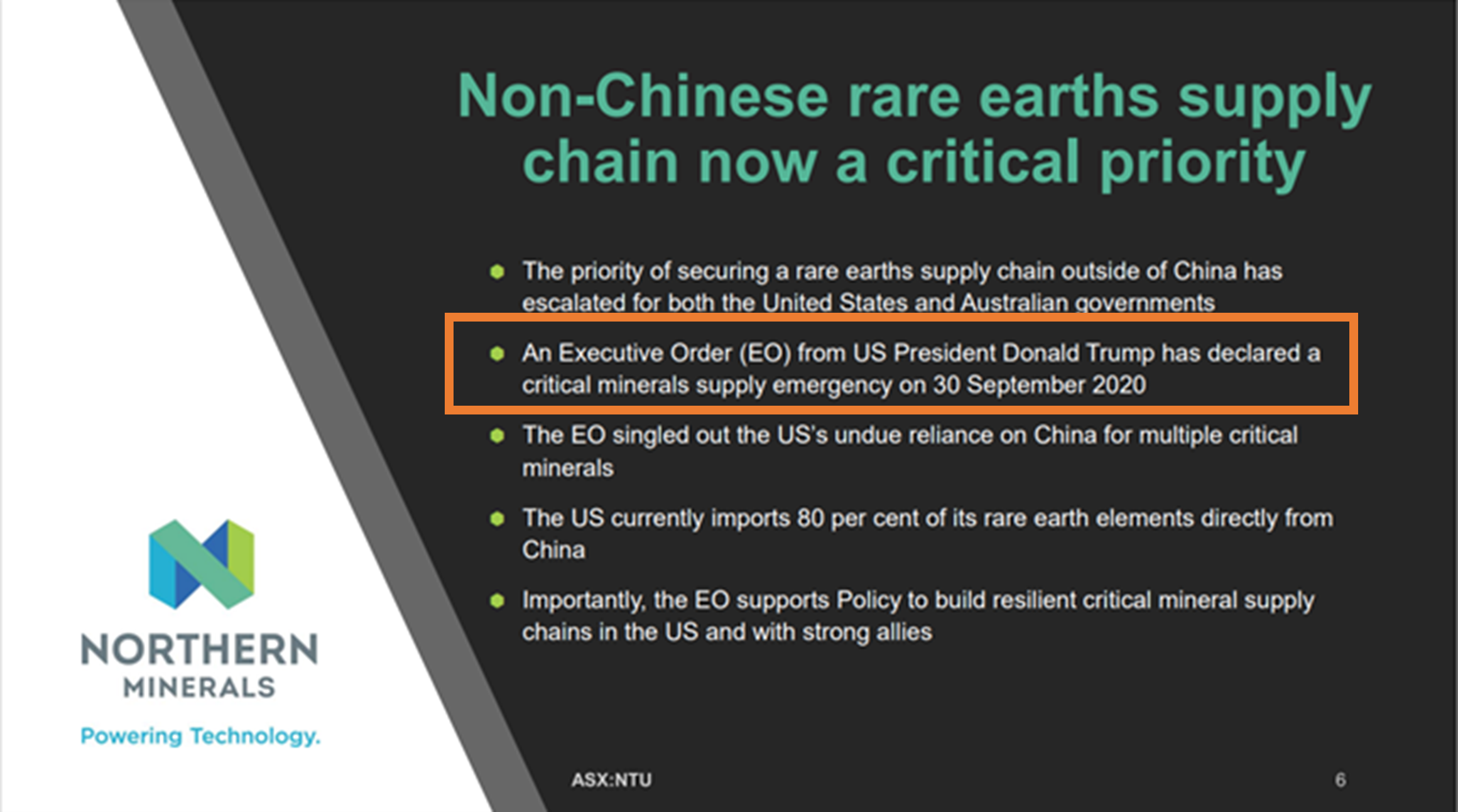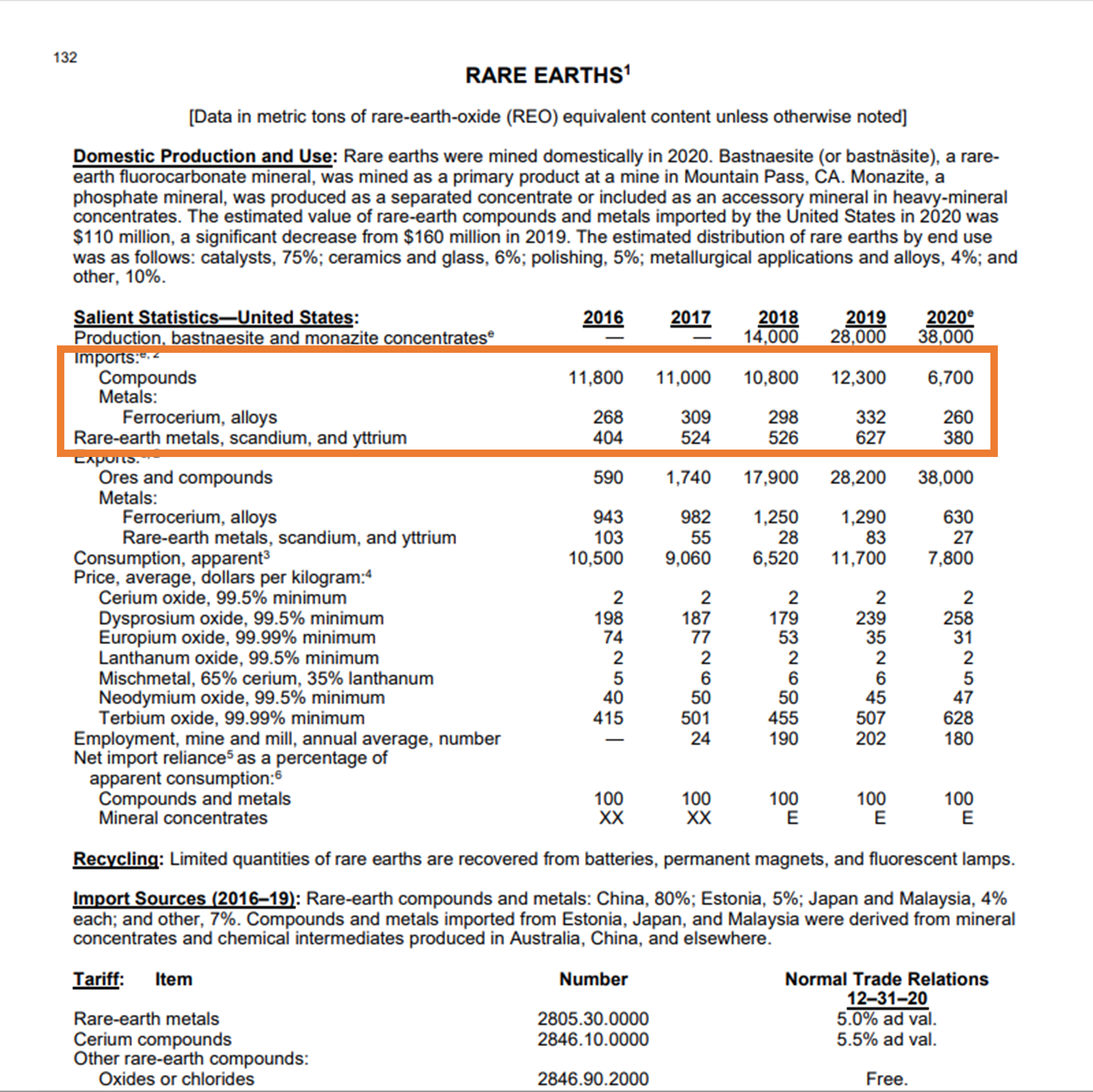The hazards of groupthink in rare earths policy-making
This will be a really short wire as I am mid-way through trying to disentangle the global policy mess in critical minerals, in general, and rare earths in particular. This follows my prior post: Which country is the largest exporter of unseparated rare earth concentrates to China? The surprising answer to that question was the USA.
This has perplexed me, as well as many other people.
If the USA is the biggest exporter of rare earths to China, then why all the fuss about national security?
Whose national security are we spending all this time and effort worrying about?
- Is it China, for being so dependent on the USA for supply of rare earths?
- Is it the USA, for risking a Chinese blockade of their rare earth exports?
- Is it Australia, for allowing the USA to mow our lawn and eat our lunch?
I won't attempt to pick which of those is the more likely correct answer.
Instead, I will try to understand what crazy kind of Groupthink got us to this place.
The smoking gun, for me, was this slide from Northern Minerals NTU.AX.

The statement that got me thinking, which is not any which can be sheeted back to Northern, is their simple reporting of an Executive Order (EO) signed by Donald J. Trump, on 30-Sep-20.
Executive Order on Addressing the Threat to the Domestic Supply Chain from Reliance on Critical Minerals from Foreign Adversaries
You can read it here.
Now we know, and I accept, that most critical minerals supply chains run through China, and that these minerals are very important to the energy transition.
I am not bothered by that part.
However, it is this part that we clearly need to dig into:
The US currently imports 80 per cent of its rare earth elements directly from China.
Given that we established, in our prior article, that MP Materials MP.N, is the largest exporter of unseparated rare earths to China, this is more than a little perplexing.
If there is a heap of rare earth concentrate being shipped out from California to China, then what is coming back, and how much is there of that?
I am still working out the precise answer to this question, from a deep dive on the EO data sources that were cited in making the case for a critical minerals supply emergency.
I have yet to answer, to my own satisfaction, what the true shape and tenor of the presidential emergency may have been. However, what we can do is dimension the denominator in the mentioned figure of 80% imports from China and compare it with US exports to China.

The above is an extract for the relevant year of the (presumably ongoing) emergency.
You can see, from row one of the Salient Statistics - Production, bastnaesite and monazite concentrates, that there were 38,000 Tonnes exported. We know, from our previous research, that this all came from one mine, the Mountain Pass mine operated by MP Materials.
On the import side, there are 6,700 tonnes of compounds, 260 tonnes of ferrocerium alloy, and 380 tonnes of rare earth metals, scandium and yttrium.
It is generally stated that there is bout 0.5 tonne of rare earths in an F-35 and 3t of rare earths in a Virginia Class submarine. The production run rate for F-35s is circa 140 per annum, or 70t, and for submarines, maybe one to two, depending on scheduling, for, say 6t. There are likely numerous other military projects we don't hear about. Multiply 80t by five and you get 400t.
We don't know, but it looks like the catch-all 380t probably accounts for military demand.
Even if we were off by a factor of ten, on top of that, military demand is less than 5,000t pa. This number is less than a good-sized Chinese metal refinery, of which there are many. We think that the real number is probably 500t, or 1/10th of one Chinese factory.
I am doing more research to figure that out, but it feels about right.
For context, 1kg of NdPr is enough for one electric vehicle, so 500t, while seeming small, is actually enough for around 500,000 EVs. Alternatively, it is enough for 1,000 F-35s.
Something clearly doesn't add up for an emergency.
Mountain Pass is generally considered to be around 20% NdPr. I will go back through their drilling reports and firm that up, but it is about right. The 38,000 tonnes they produced in 2020, which all went to China, should be around 7,600 tonnes of NdPr.
When we compare that to the 380 tonnes imported, that would be 5% of net NdPr in exports. Evidently, the USA could easily supply that need from the Mountain Pass mine.
It is hard to see a critical supply emergency in those numbers.
What there does appear to be is a failure, within the United States of America, to go build the necessary downstream separation plants and metals alloy smelting capacity.
Clearly, they have enough mine output, and so the "emergency" must lie in their failure to go build the infrastructure they would need to make use of their own mine.
Since they could not, as at 2020, use their own mine output to satisfy their emergency needs, it is hard to see how additional Australian mine output would help the USA.
Of course, we could do a deal with both China and the USA to send Australian concentrate to China for processing into the materials that the USA needs, on condition they send it there.
Somehow, I don't think that is what President Donald J. Trump had in mind.
The real crisis lies with non-China demand
To put it as simply as possible.
There is no ex-China supply crisis for REE.
There is an ex-China demand crisis.
The groupthink has led folks to ignore the vital question:
Who actually buys these minerals and if they don't buy these minerals why are they not buying them?
Obviously, Australia can only sell REE to countries that buy them. This is China, Japan and South Korea. Presently, it is not the USA or the European Union.
The supply chains for rare earths may well start with a mine in Western Australia, but it is the manufactured good that non-Chinese buyers are consuming.
Until those supply chains, for manufacturing, are reshored, there is no demand for raw materials, or even separated rare earths, to be sent to those countries.
This story is to be continued...
3 topics
2 stocks mentioned

